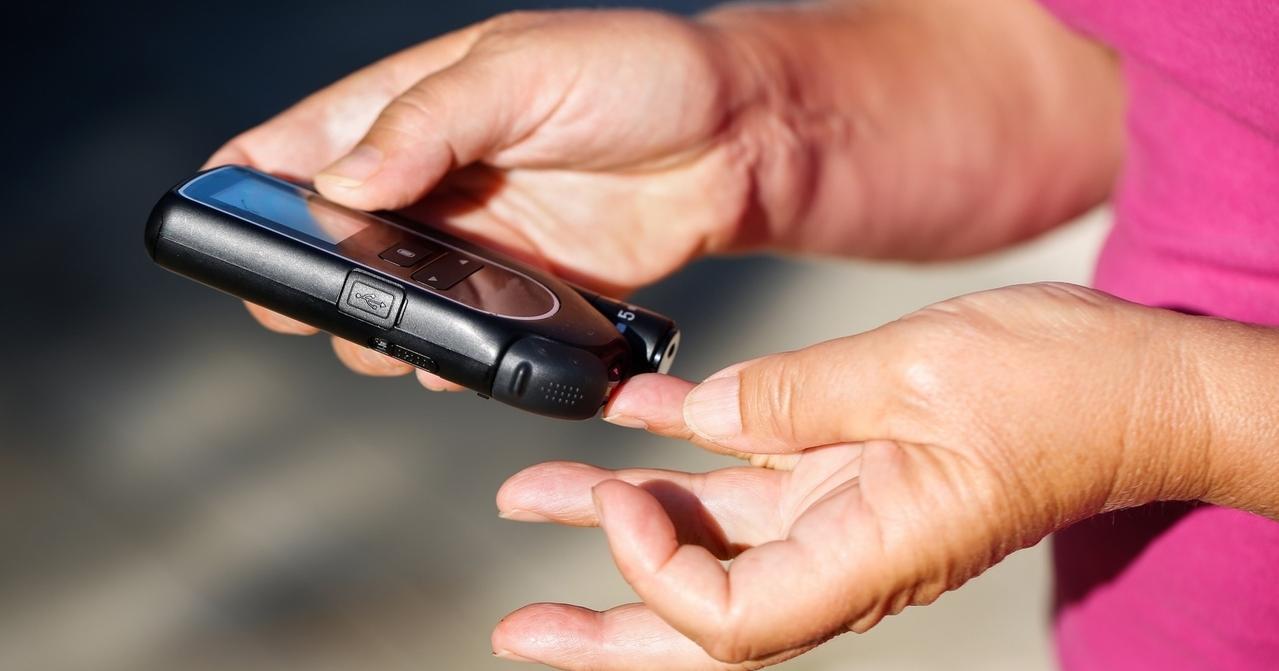8 Exercise Tips to Help Keep Diabetes in Check
Diabetes is a serious health condition that affects the way your body processes sugar. If a diabetic's blood sugar is not regulated and controlled, consequences can be dangerous or sometimes even deadly. Here are 8 ways you can take control of diabetes, or even keep the disease at bay, using simple lifestyle changes that have serious long term benefits. From including more exercise in your day to day life, to simple changes in eating habits like cutting down on sugar, find out what changes can lead to a healthier you, and give you control over diabetes.
Exercise Often

Exercise is a wonderful way to keep blood sugar under control. Regular exercise forces blood through the body and your body to use blood sugar for energy, helping to control the amount of sugar in your blood. Exercise also decreases stress and anxiety that can lead to high blood sugar, burn calories and fat, and increases levels of good cholesterol while reducing bad cholesterol.
Regular exercise can help individuals with both Type 1 and Type 2 diabetes. Because Type 2 diabetes can be successfully prevented and treated by practicing strong diet and exercise habits, exercise can help suffering individuals by breaking down body fat and promoting weight loss. Although Type 1 diabetes cannot be prevented, there are a number of ways exercise can control blood sugar.
If you're considering using exercise to regulate your blood sugar, there are a few things to keep in mind. Follow these exercise tips to safety use exercise to keep your diabetes in check.
Check Your Blood Sugar

Although exercising can be great for keeping blood sugar in check, it can only do so if you're working out at the right blood sugar level. An important part of safety exercising with diabetes is ensuring you are only exercising when your blood sugar is at a safe level. Check your blood sugar before and after exercising.
Before you begin your work out, check for low blood sugar. Exercising on low blood sugar could lead to a variety of health problems, such as dehydration, light headedness, or fainting. To avoid any of these instances, refrain from working out while blood sugar is low.
It is also important to check your blood sugar after your work out to ensure you haven't worked off too much sugar through your exercise. Pay attention to how you feel.
